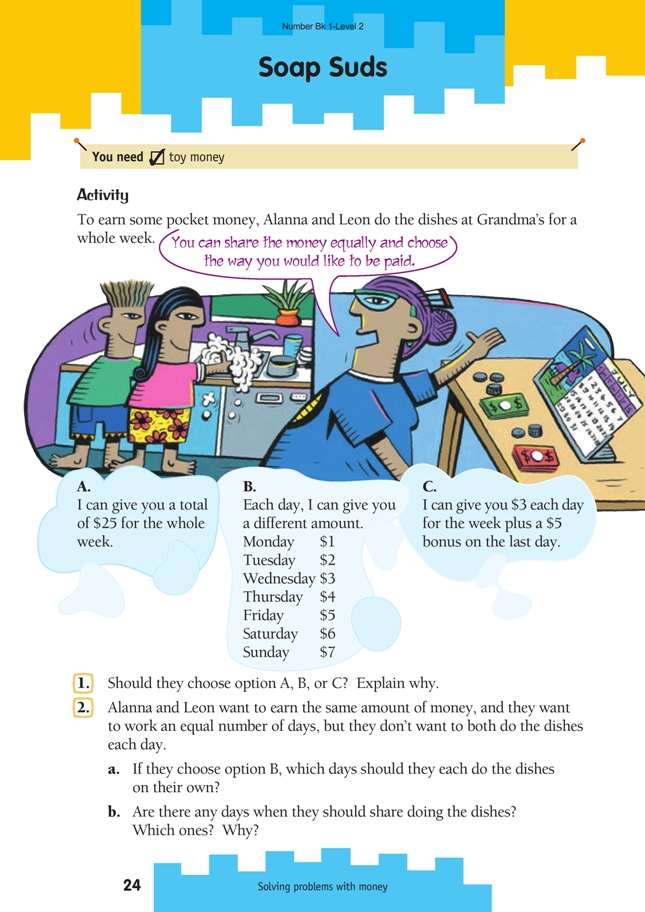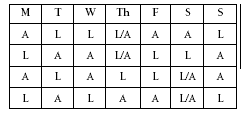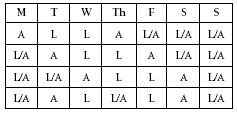This is a level 2 number activity from the Figure It Out series. It relates to Stage 5 of the Number Framework.
A PDF of the student activity is included.
Click on the image to enlarge it. Click again to close. Download PDF (220 KB)
solve problems involving money
Toy Money
In this activity, the students need to use their addition, subtraction, multiplication, and division strategies to work out how much money Alanna and Leon would each earn in the three different scenarios. The students can use the toy money to support their thinking and to explain their strategies to others.
The students can use mental strategies for addition and multiplication to find the total value of options A, B, and C. They can then use either their halving strategy or their knowledge of division facts to calculate how much Alanna and Leon could each be paid. In each of the three situations, the students may understand that it’s not necessary to find half of the total amount to decide which option would pay the most: the biggest total amount would also give the biggest half.
Question 2 has a strong problem-solving element. In order to explore the various possible combinations, the students could copy the list shown in option B. They could then use a trial and improvement approach:
Monday $1 Alanna
Tuesday $2 Leon
Wednesday $3 Alanna
Thursday $4 Leon
Friday $5 Alanna
Saturday $6 Leon
Sunday $7 Alanna & Leon
This example would result in Alanna being paid $12.50 and Leon being paid $15.50 so does not solve the problem.
Assuming that Alanna and Leon share the work (as well as the money) equally, then they could either:
• work 2 days each on their own and 3 days together, or
• work 3 days each on their own and 1 day together.
(They could not earn the same amount if they worked for 1 day alone and 6 days together because no two single days are paid the same amount.) Next, it’s a matter of looking for combinations of two (or three) numbers that equal the same, such as 1 + 4 and 2 + 3 (or 1 + 5 + 6 and 2 + 3 + 7). The students can use the toy money to explore the possible combinations.
Answers to Activity
1. Option B because they will get paid $28. This is more than $25 for option A and $26 for option C.
2. a. Answers will vary. One possible solution is:
Monday Leon
Tuesday Alanna
Wednesday Alanna
Thursday Leon
Friday both
Saturday both
Sunday both
This way, they both wash the dishes on 5 days and they both earn $14.
Another possible solution is:
Monday Alanna
Tuesday Leon
Wednesday Alanna
Thursday Leon
Friday Leon
Saturday both
Sunday Alanna
This way, they each work 4 days and they both earn $14.
b. Yes. If they work together for 3 days, it doesn’t matter which 3 days they work
together. If they work together for only 1 day, this day can only be Thursday or
Saturday. The amounts on the rest of the days can be worked into combinations that
equal the same amount, such as 1 + 5 + 6 and 2 + 3 + 7 or 1 + 3 + 7 and 2 + 4 + 5.
Possible answers can be shown in tables.
For example, for working together for 1 day:
or for working together for 3 days:


